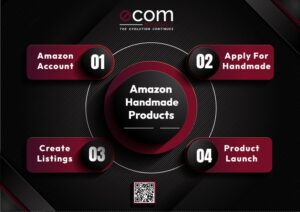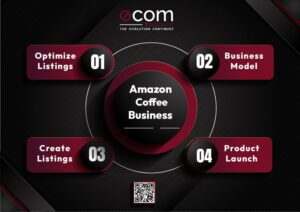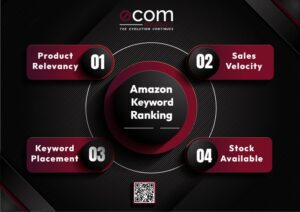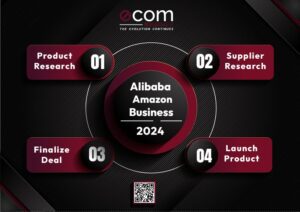Have a great time reading this blog.
Ready to see how our team can grow your Amazon brand? Click Here
.box {
position: relative;
padding: 15px;
font-size: 16px;
color: #62668A;
background-color: rgba(255, 100, 100, 0.05);
}
.box::before {
content: "";
position: absolute;
top: 0;
left: 0;
width: 100%;
height: 100%;
background-color: rgba(100, 15, 37, 0.05);
z-index: -1;
}
.text {
font-size: inherit;
}
.first-sentence {
font-size: 16px;
font-weight: bold;
}
.second-sentence {
font-size: 14px;
}
.text .link {
text-decoration: none;
color: #640F25;
font-size: 14px;
font-weight: 500;
}
/* Responsive font size for mobile devices */
@media (max-width: 767px) {
.box {
font-size: 15px; /* Reduce font size by 1 point for mobile */
}
.first-sentence {
font-size: 15px;
}
.second-sentence {
font-size: 13px;
}
.text .link {
font-size: 13px;
}
}
Have a great time reading this blog.
Ready to see how our team can grow your Amazon brand? Click Here
How to Sell on Amazon Without Inventory: A Comprehensive Guide

Introduction
Entrepreneurs and businesses are transforming their approach to online selling by embracing a strategy that sidesteps the conventional demands of inventory management.
The strategy of how to sell on Amazon without inventory stands out as a significant shift, providing a streamlined path to success that minimizes upfront costs and mitigates risk.
In this comprehensive guide, we’ll uncover the ins and outs of different methods of selling on Amazon without inventory.
Methods of Selling on Amazon Without Inventory
The landscape of e-commerce is ever-evolving, and the ability of selling on Amazon without inventory has opened new avenues for entrepreneurs to explore.
This section describes the various methods that enable sellers to operate without traditional inventory, each offering unique benefits and considerations.
1. Fulfillment By Amazon (FBA)
Amazon FBA is a foundation for sellers aiming to leverage Amazon’s logistical prowess while minimizing their inventory burdens.
This program allows sellers to ship their products directly to Amazon’s fulfillment centers, where they are stored, packed, and dispatched upon order.
A significant advantage of Amazon FBA is the ability for sellers to start small, ordering testing units ranging from 200 to 300 initially.
This approach mitigates the risk of high upfront costs, allowing sellers to validate their products in the marketplace before scaling their inventory.
As sales volume increases, sellers can gradually increase their inventory levels, optimizing their investment and minimizing risk.
Amazon FBA not only simplifies logistics but also enhances product visibility through Prime eligibility, making it an attractive option for sellers seeking to maximize efficiency and customer reach without the hassle of inventory management.
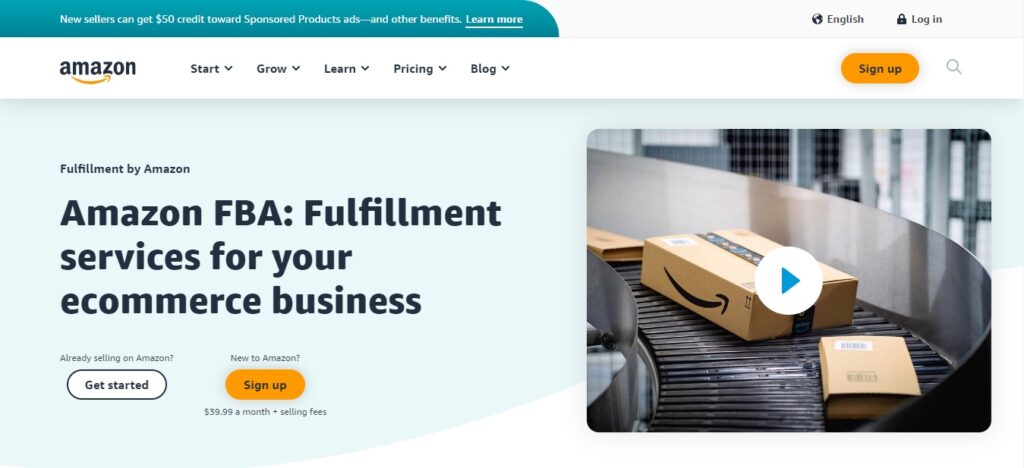
2. Amazon FBM Third-Party Selling
Amazon FBM with 3PL offers sellers the flexibility to manage their Amazon listings while outsourcing storage and shipping to third-party logistics providers.
This method combines the direct control over sales processes inherent in FBM with the logistical convenience offered by 3PL services.
It’s an ideal solution for sellers who prefer hands-on management of their operations but without the commitment to traditional inventory.
By partnering with reliable 3PL providers, sellers can ensure efficient fulfillment and maintain high customer satisfaction, all while enjoying the freedom from inventory constraints.
3. Amazon Merch on Demand
Amazon Merch on Demand (MOD) empowers sellers with a passion for creativity to design and sell custom products without the need for pre-made inventory.
From unique apparel to personalized accessories, MOD allows for extensive customization and branding opportunities.
This model is particularly appealing for artists and designers looking to monetize their creativity on Amazon.
With MOD, products are manufactured and shipped only after a sale, offering a flexible and risk-free approach to e-commerce.

4. Amazon Digital Products
Selling digital products on Amazon presents a lucrative opportunity for creators to sell without inventory.
Amazon’s vast digital marketplace includes eBooks, music, software, and online courses, allowing creators to reach a wide audience without the complexities of physical inventory.
Through platforms like Amazon Kindle Direct Publishing and Amazon Music, creators can publish their work and earn royalties, benefiting from Amazon’s global reach and established customer base.
Digital products offer high margins and the flexibility to update and refine offerings over time, making it an attractive option for content creators and educators.
5. Amazon Dropshipping Selling
Dropshipping stands out as a streamlined entry point into Amazon’s marketplace, enabling sellers to offer products without maintaining any stock.
This model involves listing products on Amazon and, upon sale, purchasing the item from a third-party supplier who ships it directly to the customer.
Dropshipping minimizes upfront investment and diminishes the risk associated with unsold inventory.
However, success in dropshipping requires diligent supplier selection and compliance with Amazon’s dropshipping policy, ensuring a seamless customer experience.
6. Amazon Kindle Direct Publishing (KDP)
Amazon Kindle Direct Publishing (KDP) opens up a world of opportunities for authors and content creators to sell digital products on Amazon without inventory.
KDP allows for the publication of eBooks and paperbacks, offering a platform for writers to reach a global audience.
This method provides high royalties, up to 70% on eBook sales, and the flexibility to update content as needed.
Selling on Amazon without inventory through Amazon Kindle requires no upfront costs for eBook publication, making it an attractive option for new and established authors alike.
However, success in the Kindle marketplace demands quality content, effective marketing, and a strategic approach to pricing and promotion.
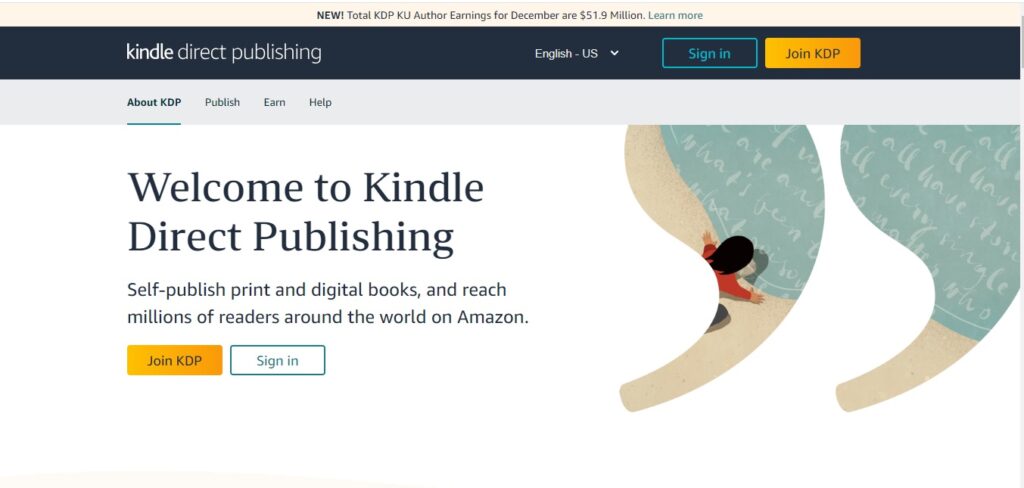
Choosing the Right Method for You
Selecting the optimal path for selling on Amazon without inventory is an important decision that can significantly influence your business’s trajectory on this vast e-commerce platform.
With a variety of methods at your disposal, each catering to different business models and objectives, understanding the nuances of these strategies is crucial for making an informed choice that aligns with your vision and operational capabilities.
1. Comparative Analysis
When weighing the options for selling on Amazon without inventory, it’s essential to conduct a thorough comparative analysis.
This involves evaluating each method against key criteria such as startup costs, potential profit margins, operational complexity, and scalability.
For instance, Amazon FBA offers a relatively straightforward entry point with the advantage of leveraging Amazon’s extensive logistics network, but it comes with specific fees and requires an initial investment in product testing units.
On the other hand, dropshipping and merch-on-demand present lower upfront costs and a higher degree of flexibility, yet they may involve more complex supplier management and potentially lower profit margins due to intense competition.
2. Guidance on Selection
The decision of selling on Amazon without inventory should be guided by a clear understanding of your business’s strengths, market positioning, and long-term goals. Consider factors such as:
- Product Niche: Certain methods may be better suited to specific product categories. For example, merch-on-demand is ideal for custom apparel and accessories, while digital products are perfect for authors and content creators.
- Operational Preferences: Evaluate your willingness and ability to manage supplier relationships, handle customer service, and engage in active marketing. Dropshipping requires active supplier management, whereas Amazon FBA and digital products offer more hands-off operations.
- Growth Ambitions: Assess each method’s scalability potential. Amazon FBA and digital products can scale relatively smoothly with increasing demand, while dropshipping and print-on-demand may require more effort to scale due to supplier and production capacity constraints.
- Budget Constraints: Initial and ongoing costs vary significantly between methods. Dropshipping and print-on-demand typically require less upfront investment compared to purchasing testing units for Amazon FBA.
By carefully considering these factors and aligning them with your business model and resources, you can choose the right method for you.
Strategies to Maximize Your Amazon Success
When starting the journey of selling on Amazon without inventory, it’s crucial to align your strategy with the specific business model you choose.
Not all methods require the same level of engagement with marketing, or listing optimization.
For entrepreneurs diving into dropshipping or wholesale FBM, the need for intensive strategies around these areas is significantly reduced.
These models inherently offer a more straightforward path to market, relying on the existing demand and infrastructure provided by suppliers or wholesalers.
However, for sellers opting for private label selling or Kindle Direct Publishing, investing in strategies for listing optimization, or Amazon marketing are a necessity.
1. Optimizing Your Listings
The foundation of success on Amazon lies in the optimization of your product listings. This involves a strategic approach to SEO, ensuring your products are discoverable by your target audience.
Utilize relevant keywords in your product titles, descriptions, and backend search terms to improve your listings’ search ranking.
High-quality images and compelling product descriptions not only attract potential customers but also provide a clear understanding of your product’s features and benefits, significantly impacting conversion rates.
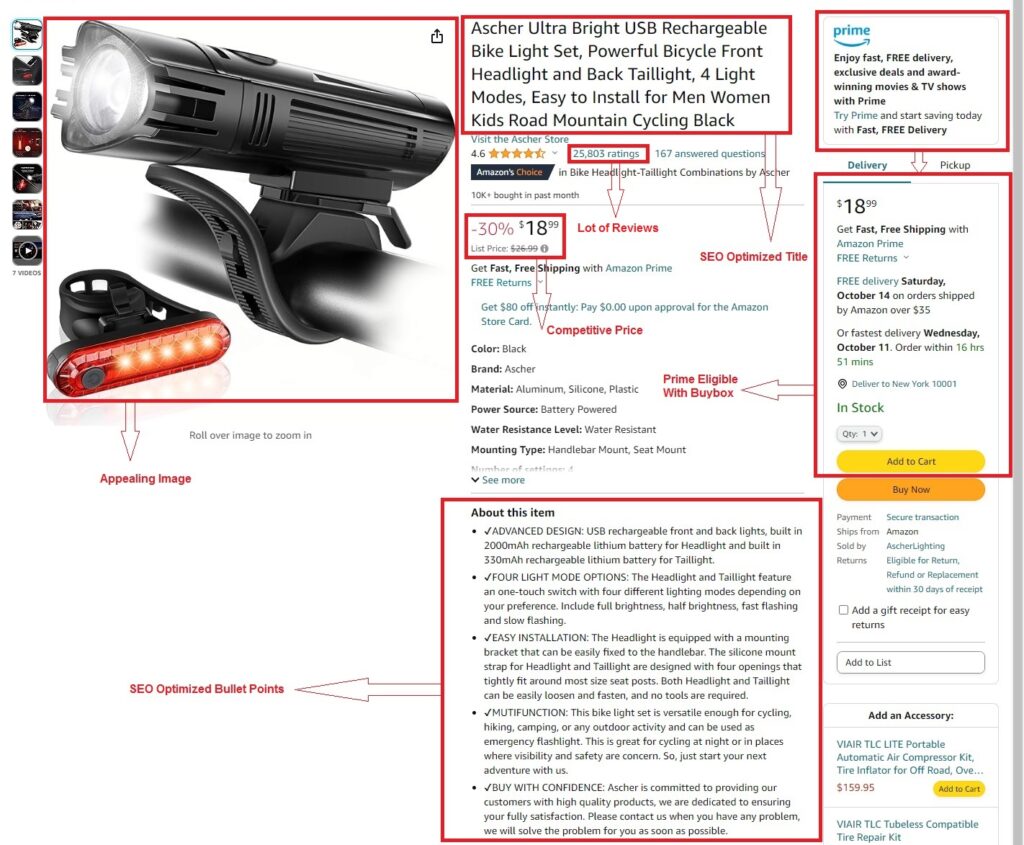
2. Marketing and Promotion
Amazon’s advertising tools, such as Sponsored Products and Sponsored Brands, can significantly increase your products’ visibility.
Create your advertising campaigns to target specific keywords and customer segments, optimizing your ad spend for the best return on investment.
Additionally, consider external marketing channels, such as social media, email marketing, and content marketing, to drive traffic to your Amazon listings.
Building a comprehensive marketing strategy that encompasses both Amazon and external channels can amplify your reach and attract a broader audience.

3. Scaling Your Business
As your Amazon business grows, identifying opportunities for scaling becomes crucial.
This may involve expanding your product range, exploring new market niches, or leveraging Amazon’s global marketplaces to reach international customers.
Continuously analyzing your sales data and market trends can reveal insights into potential growth areas. Additionally, consider diversifying your selling methods as your business evolves.
For example, a successful print-on-demand seller might explore digital products to complement their existing offerings, or a dropshipper might transition to Amazon FBA to scale more efficiently.
4. Use Amazon Analytics
Utilizing Amazon’s analytics tools and external software can provide valuable insights into your business’s performance.
Tracking metrics such as conversion rates, return on advertising spend (ROAS), and customer lifetime value (CLV) can help you make data-driven decisions to optimize your operations and marketing strategies.
Regularly reviewing your analytics can also identify areas for improvement, whether it’s refining your product listings, adjusting your pricing strategy, or enhancing your customer service practices.

5. Continuous Learning
The landscape of Amazon selling is one of constant learning and adaptation.
Engaging with Amazon seller communities, attending e-commerce webinars, and following industry blogs can provide valuable insights and tips from fellow sellers and experts.
Amazon itself offers resources such as Seller University, which provides tutorials and guidance on making the most of Amazon’s selling tools and services.
Investing time in continuous learning not only keeps you informed about best practices and new features but also inspires innovation in your approach to selling on Amazon.
Conclusion
The key to thriving on Amazon without holding inventory lies in selecting the method that aligns with your business strategy, understanding your target market, and leveraging Amazon’s extensive tools and resources.
Remember, the landscape of e-commerce and Amazon selling is dynamic, requiring sellers to be adaptable, innovative, and customer-focused.
Continuous learning, data-driven decision-making, and a commitment to providing value to your customers are essential components of long-term success.
With dedication, creativity, and a strategic approach, you can navigate the complexities of the Amazon marketplace and carve out a profitable niche for your business.
Amazon Success With Ecom Brainly
Selling on Amazon got easier with Ecom Brainly’s expert guidance. From crafting the perfect strategy to mastering execution, we’re here to propel your e-commerce journey forward.
Eager to turn your Amazon aspirations into reality? Contact Ecom Brainly now and let’s chart your path to success.
Share This Article

About Ecom Brainly
Ecom Brainly – A Full-Service Amazon agency that focuses on Sustainable Growth and Profitability for Our Partners (clients).
We been selling on Amazon since 2017 and has had to adapt for every change that Amazon has made along the way. Amazon is an ever changing marketplace and Ecom Brainly has his team ready to handle any and every challenge.
Is your brand having challenges with growth, profitability, advertising, reporting etc – If yes, please contact us today!


